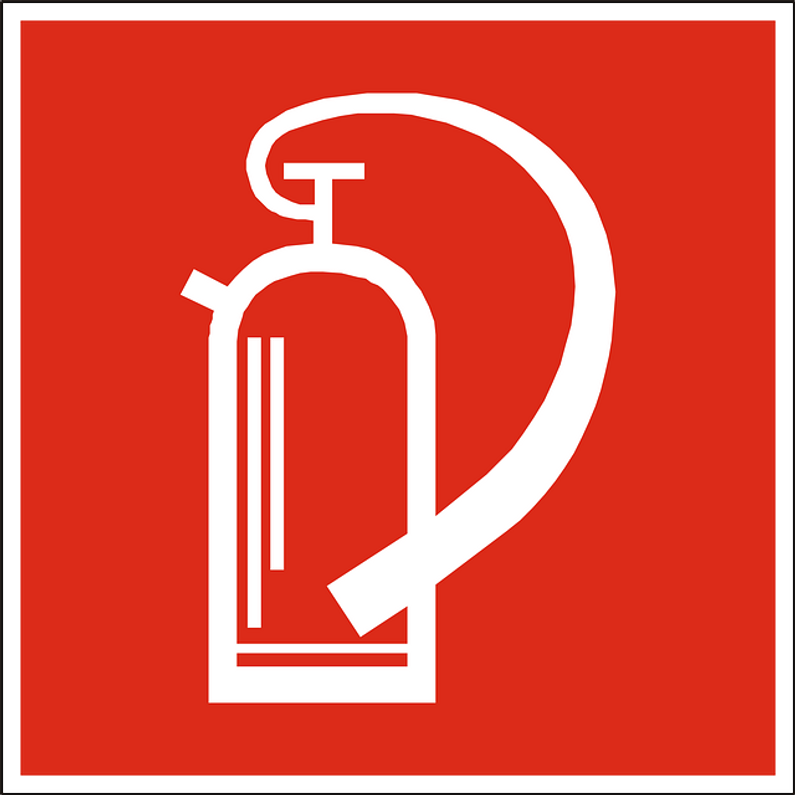What Is a Dry Chemical Fire Extinguisher?
You can't choose the right fire extinguisher for your workplace without considering the type. There are different types of fire extinguishers. In addition to carbon dioxide (CO2) fire extinguishers, for instance, there are dry chemical fire extinguishers. Both types are designed to put out fires. With that said, dry chemical fire extinguishers don't contain any CO2.
Overview of Dry Chemical Fire Extinguishers
Dry chemical fire extinguishers contain a dry chemical or substance. When you pull the handle, a dry chemical will shoot out of the nozzle. As the dry chemical coats the burning surface, it will extinguish the fire.
The dry chemical used in these fire extinguishers consists of a fine powder. Other fire extinguishers, of course, use CO2 or water. Dry chemical extinguishers are distinguished from these alternative types by their use of a dry, powder-like chemical.
How Dry Chemical Fire Extinguishers Work
Fires require oxygen to burn. Without oxygen, they'll die out. Dry chemical fire extinguishers leverage this principle to extinguish fires.
When you spray a burning surface with a dry chemical fire extinguisher, you'll coat it in a fine powder-like substance. The powder will create a barrier over the burning surface. As a result, the fire will no longer receive oxygen. Dry chemical fire extinguishers work by staving fires of oxygen. They will form a layer of powder over the fire so that it's unable to receive fresh oxygen.
BC vs ABC Dry Chemical Fire Extinguishers
You may discover that some dry chemical fire extinguishers are labeled "BC," whereas others are labeled "ABC." What do these labels mean exactly?
The "BC" and "ABC" labels refer to the types of fires that a fire extinguisher is able to put out. Dry chemical fire extinguishers with the "BC" label are designed to put out Class B fires and Class C fires. Dry chemical fire extinguishers with the "ABC" label, conversely, are designed to put out Class A fires, Class B fires and Class C fires.
What Powder Do They Use?
All dry chemical fire extinguishers use a dry, powder-like chemical to put out fires. They typically don't use a single chemical, though. Rather, most of them use two chemicals.
The most common chemicals used in dry chemical fire extinguishers include monoammonium phosphate and ammonium sulfate. Most dry chemical fire extinguishers use a combination of these chemicals. Some of them may have 40% monoammonium phosphate and 60% ammonium sulfate. Others may use a different ratio. Regardless, monoammonium phosphate and ammonium sulfate are commonly used in dry chemical fire extinguishers.
Recent Posts
-
Fire Safety in the Workplace: What You Need to Know
What steps are you taking to prevent fires in your workplace? According to the U.S. Occupational Saf …Aug 23rd 2023 -
Is It Safe to Go Jogging With a Cold Infection?
If you're suffering from a cold infection, you might be wondering whether it's safe to go jogging. T …Aug 22nd 2023 -
5 Safety Tips to Follow When Using a Powder-Actuated Tool
Powder-actuated tools are commonly used to join materials to steel and concrete. Also known as Hilti …Aug 20th 2023




